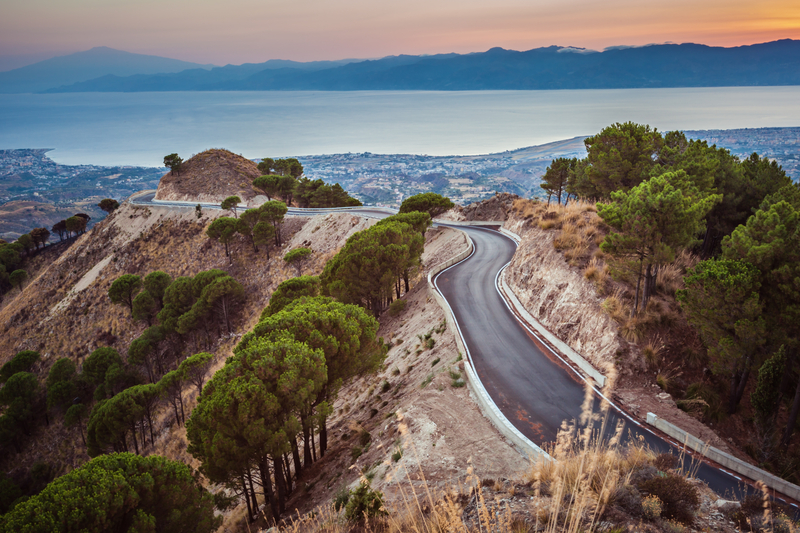
Linking the tip of Calabria with the island of Sicily, the bridge would replace the current ferry service and would also deliver major economic benefits to trade and tourism for two of Italy’s poorest areas. If the Messina Strait bridge is built, it will be a landmark construction project.
To build such a structure, the bridge will have to meet major technical challenges and will be record-setting in terms of its scale.
Italian contractor Webuild believes it has the expertise to construct such a bridge. According to Webuild engineering director Michele Longo, “The Bridge over the Strait of Messina is a project that can break ground immediately. As soon as the contract is reinstated and updated, the project can start. The executive design is expected to take eight months, while the time needed to build the bridge will be a little more than six years. Webuild, as leader of the Eurolink Consortium, is interested in building the project and it makes itself available to the country to get to work as soon as possible."
Longo continued, “The cost of the construction of the bridge, just the structure, is approximately €4.5 billion, which is about 40% of the total value of the infrastructure network that would include the bridge and all the related works. The remaining 60% is in fact related to a series of works related to the crossing as well as the upgrading of the road and rail networks in Sicily and Calabria. It also includes a considerable amount of work to prepare the terrain and reduce hydrogeological risks. The bridge represents only 4% of the €110 billion of total investments in road and rail infrastructure currently foreseen for the Alps-Sicily route, the Italian part of the Scandinavian-Mediterranean, the strategic European corridor.”
From a technical point of view, “…the studies that have been conducted over time have led to the development of a type of stable aerodynamic deck (the Messina Type Deck) that has been deployed with success abroad in the construction of bridges with large spans such as the Chanakkale in Turkey, which is today the longest suspension bridge in the world,” Longo said.
“The span would support three vehicle lanes in each direction and one for a rail. It would support 6,000 cars/hour, and the passage of up to 200 trains/day.
“The mid-point of the bridge would have a maximum height of approximately 74m above sea level. That would guarantee a navigation channel 600m wide with a clearing of 65.5m compared with the world standard of 65m. So, it would allow for the safe passage of all ships that cross the Mediterranean today. As it is designed, the bridge is stable and secure. The span’s aerodynamic stability is guaranteed for winds of up to 300km/h. The bridge would be accessible with winds of up to 150km/h. As regards seismic activity, the bridge would have a structural integrity compatible for a quake measuring 7.5 on the Richter Scale, which is greater that the Messina earthquake of 1908.”












